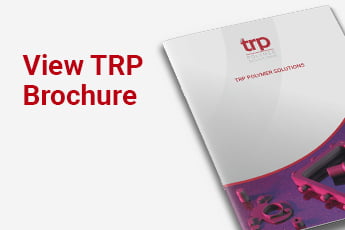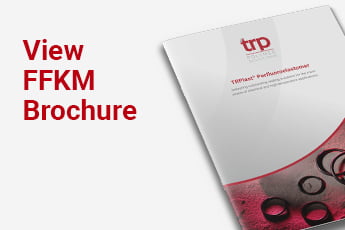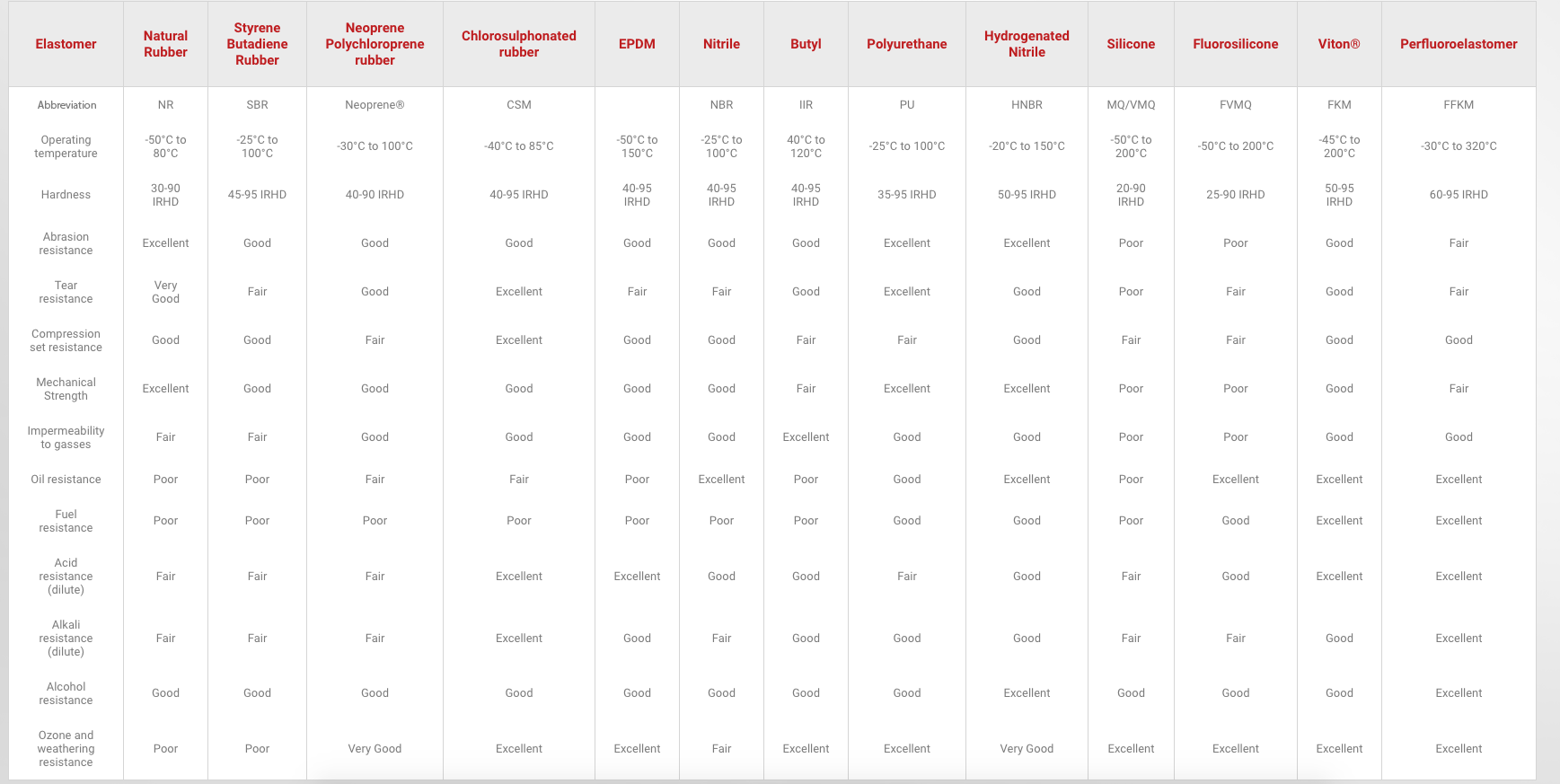How is styrene used? Common styrene uses explained
Styrene-butadiene rubber (SBR) is probably the most widely used rubber you’ve never heard of before. In fact, everything from the trainers you wear to the tyres you drive on will contain this synthetic rubber. In this article, TRP Polymer Solutions talks you through some of the most common styrene uses, as well as the advantages and disadvantages of styrene-butadiene rubber and how it’s manufactured.
What is styrene-butadiene rubber?
Styrene-butadiene rubber, or SBR as it is also known, is a general-purpose synthetic rubber that is manufactured from a copolymer of styrene and butadiene. Perhaps the most widely used synthetic rubber in production today, SBR is predominantly used in the manufacture of car tyres and is widely employed as an abrasion-resistant alternative to natural rubber.
How is styrene manufactured?
SBR’s chemical composition is approximately 75% butadiene and 25% styrene. Typically, the molecules of these monomers are linked to form long, multiple-unit molecules in a process known as copolymerisation. The styrene and butadiene repeating units are randomly arranged along the polymer chains, which are then cross-linked during the vulcanisation process.
What are the origins of styrene-butadiene rubber?
Like many polymer materials, SBR was conceived during the World Wars to address the shortfall of natural rubber. The original breakthrough was made by German chemists at I.G. Farbenindustrie AG in 1929. Their copolymerisation of butadiene using sodium (Na) as the catalyst gave rise to the catch-all name, “Buna”.
By World War II, the United States had developed a copolymer of butadiene and styrene, which they called “Buna S” – as a direct response to being cut off from their natural rubber supplies in East Asia. This material saw plenty of wartime service under the guise of Government Rubber-Styrene (GR-S).
Over the ensuing years, Buna S was refined and modified to become the SBR material that we know today. This copolymer has since evolved to become one of the most significant synthetic rubbers in present-day Industry, representing roughly half of total world rubber production.
Advantages and disadvantages of styrene-butadiene rubber
SBR rubber is frequently employed as a direct replacement for natural rubber. It offers a number of advantages, including excellent abrasion resistance, crack endurance and ageing characteristics. Styrene-butadiene also delivers good compression set resistance and water resistance.
The main disadvantages of SBR are its poor strength without reinforcement (using fillers like carbon black), low resilience, low tear strength and inferior low-temperature properties compared to natural rubber.
How is styrene used?
Styrene-butadiene rubber is the highest volume general-purpose synthetic rubber in production for a reason. It is used across a broad range of applications, spanning everything from car tyres, shoe soles and heels, drive couplings, automotive parts and mechanical rubber goods. A large proportion of SBR is also used in latex form as an adhesive.
For more information about whether styrene-butadiene rubber (SBR) is suitable for your application, or to discuss any of our other products or services in more detail, please contact the TRP Polymer Solutions team today on +44 (0)1432 268899 or email sales@trp.co.uk.






